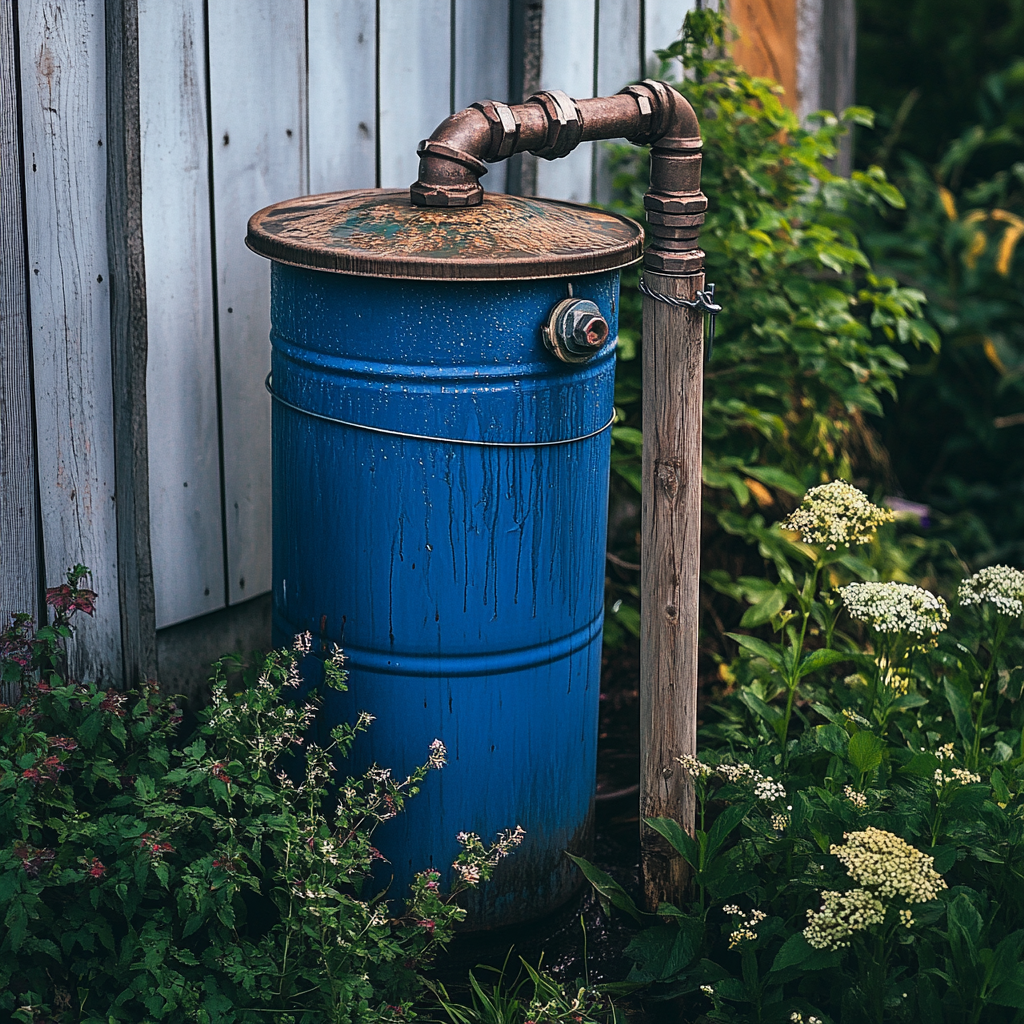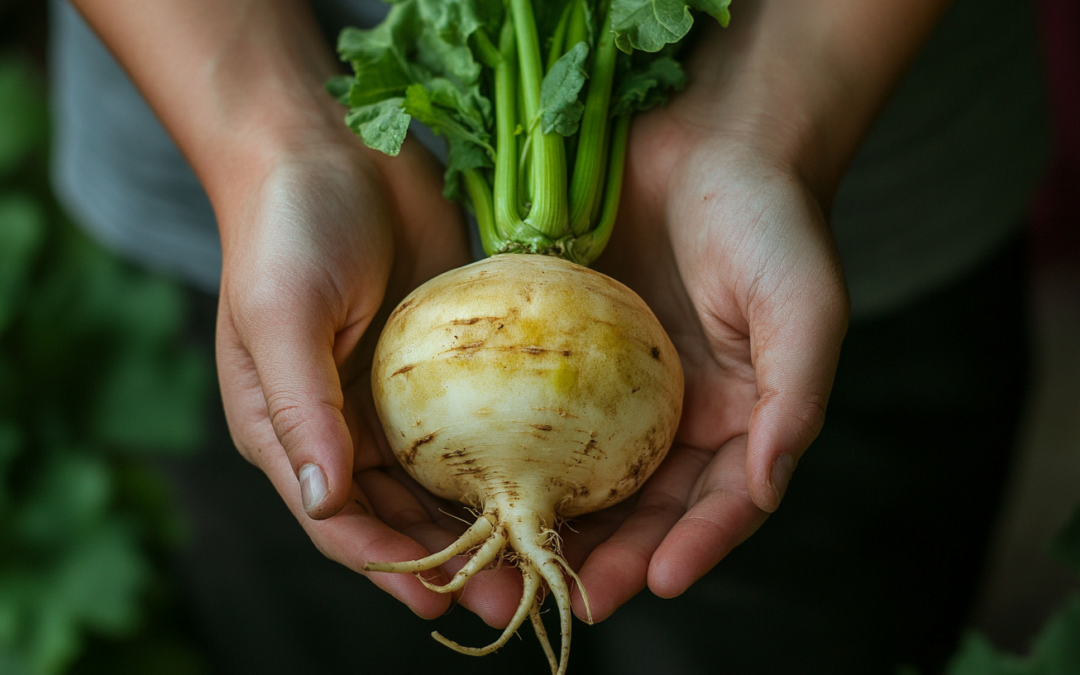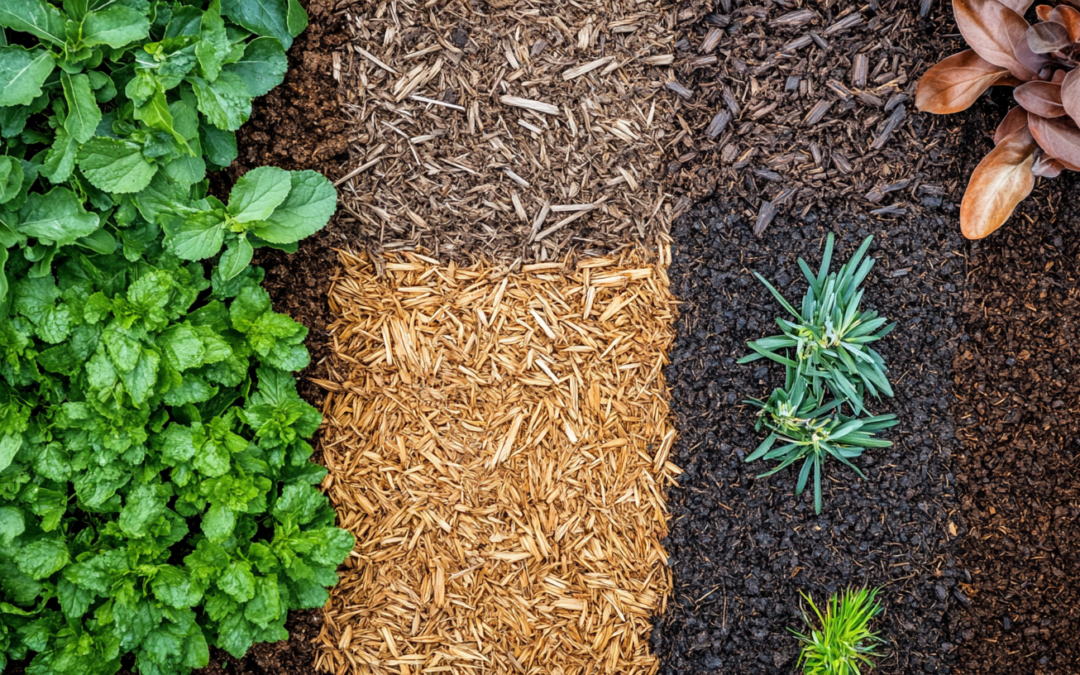Watering your garden can be one of the most resource-intensive tasks, but with a rainwater harvesting system, you can reduce your reliance on municipal water and provide your plants with fresh, natural hydration. Plus, it’s an eco-friendly way to conserve water and save money! Here’s a simple guide to setting up your own rainwater harvesting system for your garden.
Why Harvest Rainwater?
- Save Water: Rainwater is a free and renewable resource that can help reduce your water bills.
- Better for Plants: Rainwater is naturally soft and free of the chemicals often found in tap water, such as chlorine and fluoride, which can be harmful to plants.
- Conserve Resources: Collecting rainwater helps reduce the strain on local water supplies, especially during dry seasons or droughts.
What You’ll Need:
- Rainwater Collection System: This can be a simple rain barrel or a more elaborate system with gutters and downspouts to direct water from your roof.
- Downspout Diverter: This attaches to your gutter system and directs rainwater into your collection barrel.
- Storage Barrel or Tank: You can buy a pre-made rain barrel or repurpose a large container like a plastic drum or trash can.
- Mesh Screen: To cover the opening of your barrel and keep debris, leaves, and insects out.
- Hose or Spigot: To easily access the water when you need it for your garden.
How to Set It Up:
- Choose the Right Location: Find a spot near your garden and place your rain barrel under a downspout from your roof. Make sure it’s on a stable surface and slightly elevated so you can easily access the spigot.
- Install the Diverter: Attach a downspout diverter to your gutter system. This device will allow water to flow into your rain barrel and will also let you divert the water back to the downspout if your barrel is full.
- Set Up the Barrel: Place your barrel beneath the diverter. Make sure it’s level and secure. If you’re using a large container, you may want to elevate it with bricks or cinder blocks to increase water pressure when using the spigot.
- Cover the Opening: Use a mesh screen or lid to cover the top of your barrel. This will prevent debris like leaves and dirt from entering, and keep mosquitoes from breeding in the water.
- Connect a Hose: Attach a hose or spigot to the bottom of the barrel for easy access to the water. You can also install a soaker hose or drip irrigation system for efficient watering.
Tips for Maximizing Your Rainwater Harvesting:
- Size Matters: The size of your rain barrel should depend on the amount of rainfall in your area and the size of your garden. A 50- to 100-gallon barrel is a good starting point for small to medium-sized gardens.
- Clean Your Gutters: Regularly clean your gutters and downspouts to ensure that the water flowing into your rain barrel is clean.
- Rainwater Overflow: If you live in a region with heavy rainfall, consider adding an overflow pipe to your system to direct excess water away from the barrel and prevent flooding.
Conclusion:
Rainwater harvesting is an easy and sustainable way to water your garden while conserving water and saving money. By setting up a simple rainwater collection system, you can ensure that your plants stay hydrated all season long—without stressing the environment or your wallet. Start small, and as you see the benefits, you can expand your system to collect even more water!



